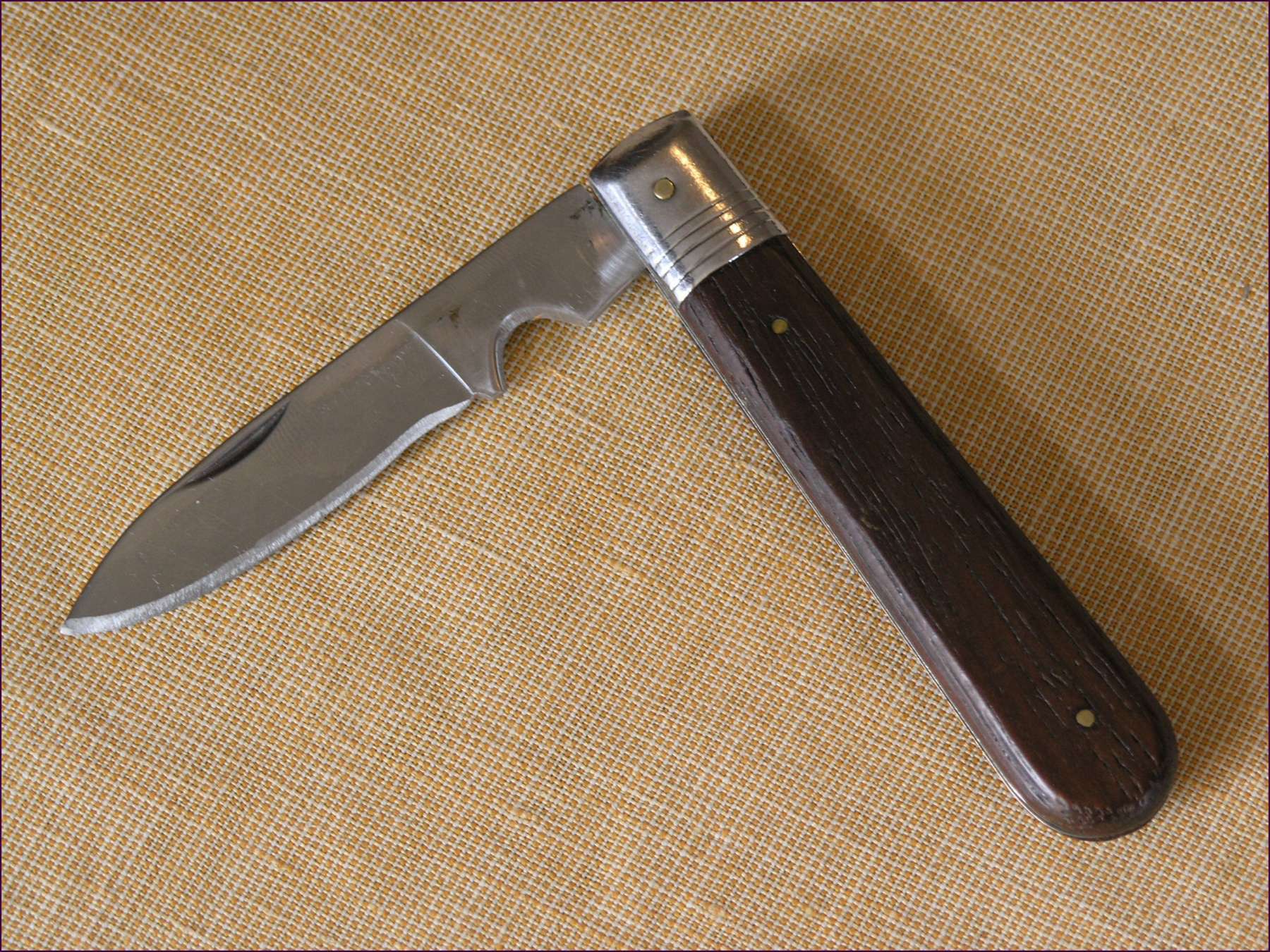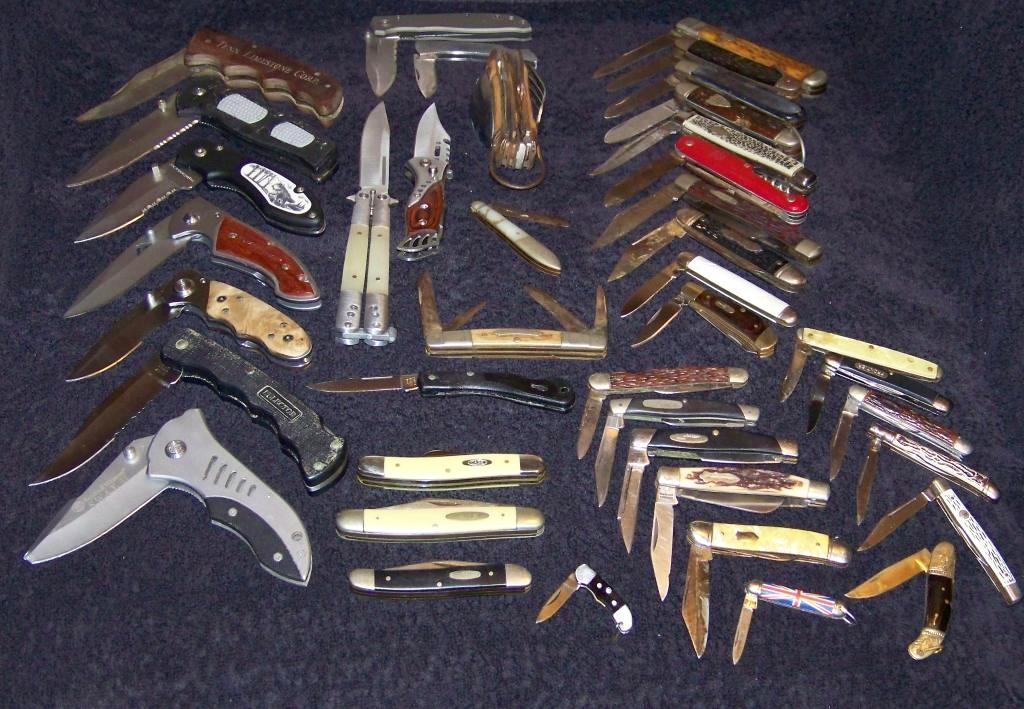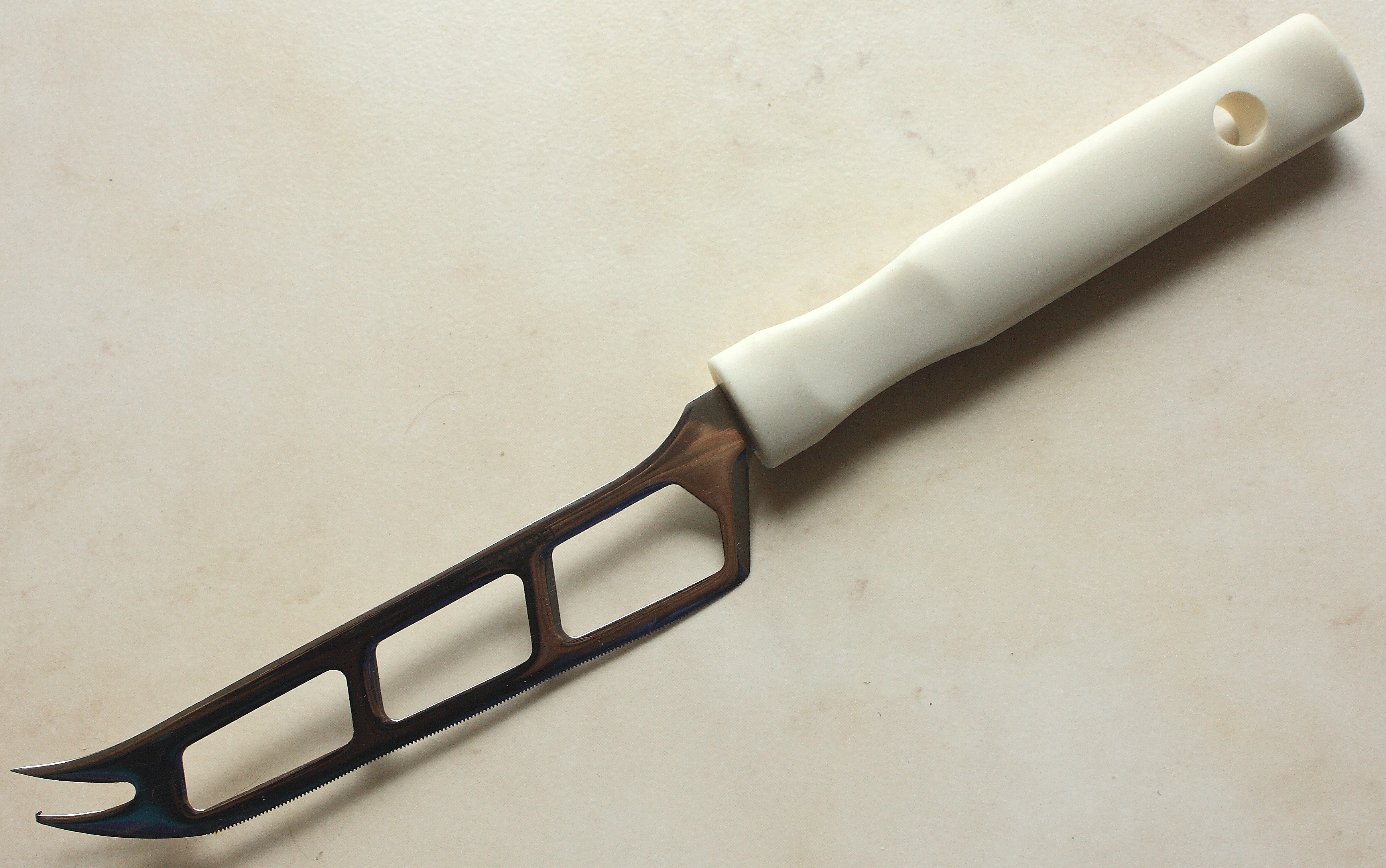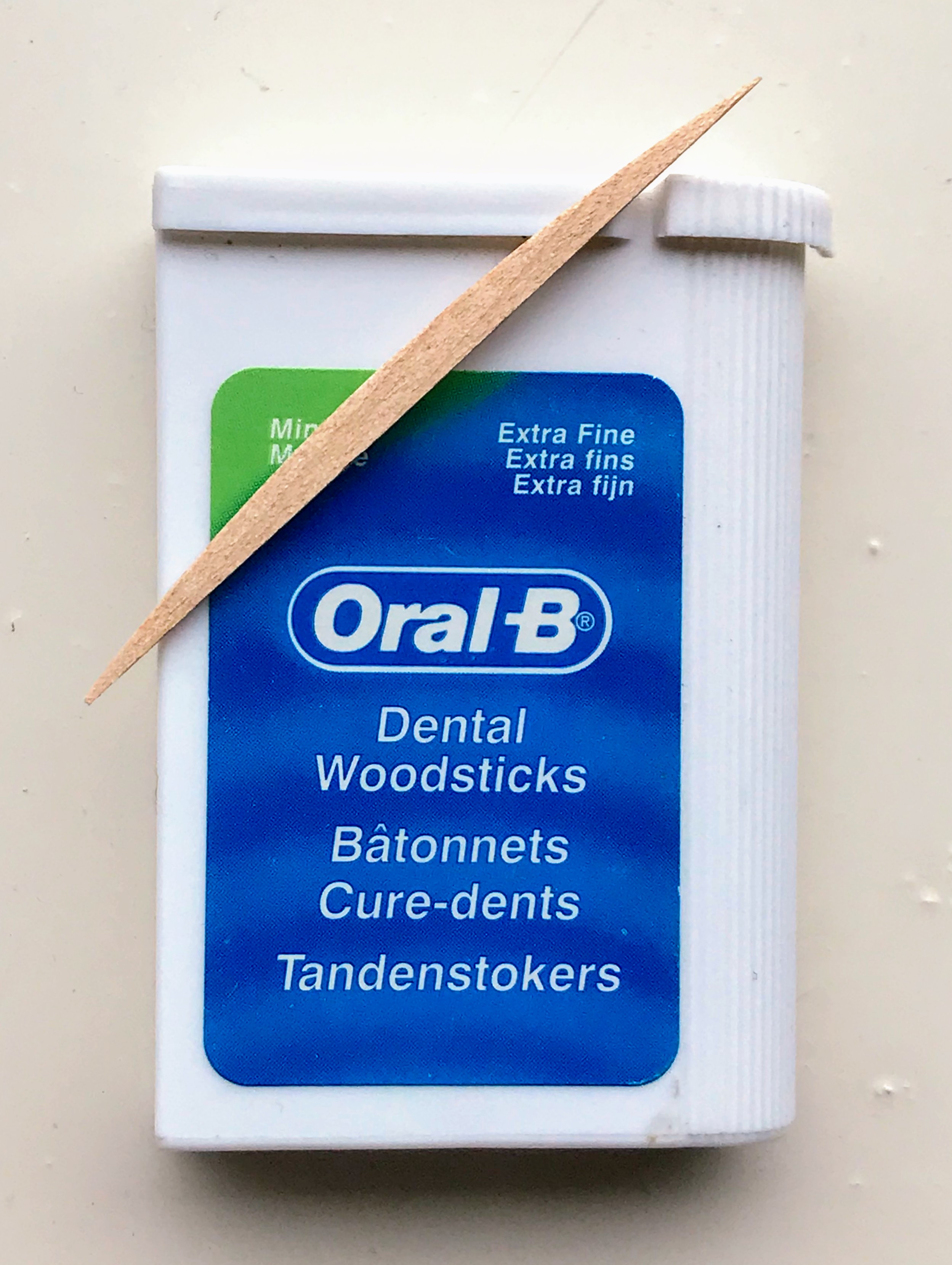|
Penknives
Penknife, or pen knife, is a British English term for a small folding knife. Today the word ''penknife'' is the common British English term for both a pocketknife, which can have single or multiple blades, and for multi-tools, with additional tools incorporated into the design. Originally, penknives were used for thinning and pointing quills (cf. ''penna'', Latin for ''feather'') to prepare them for use as dip pens and, later, for repairing or re-pointing the nib. A penknife might also be used to sharpen a pencil, prior to the invention of the pencil sharpener. In the mid-1800s, penknives were necessary to slice the uncut edges of newspapers and books. A penknife did not necessarily have a folding blade, but might resemble a scalpel or chisel by having a short, fixed blade at the end of a long handle. One popular (but incorrect) folk etymology makes an association between the size of a penknife and that of a small ballpoint pen. During the 20th century there has been a prolif ... [...More Info...] [...Related Items...] OR: [Wikipedia] [Google] [Baidu] |
Pocket-knife
A pocketknife is a knife with one or more blades that fold into the handle. They are also known as jackknives (jack-knife), folding knives, or may be referred to as a penknife, though a penknife may also be a specific kind of pocketknife. A typical blade length is . Pocketknives are versatile tools, and may be used for anything from whittling and woodcarving, to butchering small game, gutting and filleting small fish, aiding in the preparation of tinder and kindling for fires, boring holes in soft material, to opening an envelope, cutting twine, slicing a piece of fruit or as a means of self-defense. Specialised designs are also used for mushroom hunting and gardening. Pocketknives designed for gardening include pruning knives, which are folding knives with long curved blades used for pruning, trimming cuttings, taking buds and preparing material for grafting. History The earliest known pocketknives date to at least the early Iron Age. A pocketknife with a bone handle ... [...More Info...] [...Related Items...] OR: [Wikipedia] [Google] [Baidu] |
Scissors
Scissors are hand-operated shearing tools. A pair of scissors consists of a pair of metal blades pivoted so that the sharpened edges slide against each other when the handles (bows) opposite to the pivot are closed. Scissors are used for cutting various thin materials, such as paper, cardboard, metal foil, cloth, rope, and wire. A large variety of scissors and shears all exist for specialized purposes. Hair-cutting shears and kitchen shears are functionally equivalent to scissors, but the larger implements tend to be called shears. Hair-cutting shears have specific blade angles ideal for cutting hair. Using the incorrect type of scissors to cut hair will result in increased damage or split ends, or both, by breaking the hair. Kitchen shears, also known as kitchen scissors, are intended for cutting and trimming foods such as meats. Inexpensive, mass-produced modern scissors are often designed ergonomically with composite thermoplastic and rubber handles. Terminology The ... [...More Info...] [...Related Items...] OR: [Wikipedia] [Google] [Baidu] |
Skeleton Knife
A skeleton knife refers to two different types of knives, a kitchen knife and an unadorned penknife. Cheese knife The first type of skeleton knife is a small kitchen knife that typically has three large holes on its blade used for cutting fruit or cheese. The purpose of these holes is to reduce the surface area of the blade so that sticky foods do not cling to it. Most skeleton knives are used for cutting very soft foods. The knife was created by a Swiss restaurant and after its creation and advertisement it was stolen by many cutlery companies and private manufacturers, and is now widely manufactured by companies like Victorinox. Penknife The less commonly known type of skeleton knife is a penknife that was made without bolsters or handle material and sold to jewelers or other artisans for final finishing. These types of knives were mostly made in the 19th century and as late as 1950. Wostenholm of Sheffield, England Sheffield is a city in South Yorkshire, England, wh ... [...More Info...] [...Related Items...] OR: [Wikipedia] [Google] [Baidu] |
Pocketknife
A pocketknife is a knife with one or more blades that fold into the handle. They are also known as jackknives (jack-knife), folding knives, or may be referred to as a penknife, though a penknife may also be a specific kind of pocketknife. A typical blade length is . Pocketknives are versatile tools, and may be used for anything from whittling and woodcarving, to butchering small game, gutting and filleting small fish, aiding in the preparation of tinder and kindling for fires, boring holes in soft material, to opening an envelope, cutting twine, slicing a piece of fruit or as a means of self-defense. Specialised designs are also used for mushroom hunting and gardening. Pocketknives designed for gardening include pruning knives, which are folding knives with long curved blades used for pruning, trimming cuttings, taking buds and preparing material for grafting. History The earliest known pocketknives date to at least the early Iron Age. A pocketknife with a bone handl ... [...More Info...] [...Related Items...] OR: [Wikipedia] [Google] [Baidu] |
Penny Knife
The penny knife was a originally a simple 18th century utility knife with a fixed blade. It got the name ''penny knife'' because it cost 1 penny in England and America towards the end of the 18th century. The famous ''Fuller's Penny Knife'' helped gain the reputation of Sheffield, England, cutlers in the pre-industrial era of the early 18th century. Description The ''penny knife'' later evolved into a basic, mass-produced pocketknife with a folding blade, which pivoted freely in and out of the handle without a backspring or other device to hold it in position (other than the frictional pressures of the knife handle). This type of knife was popular with farmers in the United States, England, France, Italy, Portugal, and Spain for much of the 19th and part of the 20th century, and consequently is often called a ''farmer knife'', ''sodbuster knife'', or ''peasant knife''.''The Youth's Companion'', Boston, MA: Perry Mason & Co., Vol. 52, No. 1 (2 January 1879), p. 108 Antique pen ... [...More Info...] [...Related Items...] OR: [Wikipedia] [Google] [Baidu] |
Opinel Knife
The Opinel company has manufactured and marketed a line of eponymous wooden-handled knives since 1890 from its headquarters in Saint-Jean-de-Maurienne, Savoie, France where the family-run company also operates a museum dedicated to its knives. The company sells approximately 15 million knives annually. Opinel knives are made of both high carbon and stainless steel, the latter being Sandvik steel from Sweden. Originally sold as a working man's knife, an Opinel knife has become emblematic of French culture. C NEWS, Le Couteau Opinel, La Lame Universelle', Directsoir, no 233, 30 october 2007, republished 7 July 2013, retrieved 15 May 2022 Pablo Picasso is said to have used one of the company's knives as a sculpting tool. In 1989, the Larousse dictionary cited "Opinel" as a registered trademark. History Joseph Opinel began making knives in 1890 in Savoie, France as a simple working man's or '' peasant's knife''.''L'Opinel, une fine lame toujours à l'affût'', Rhône-Alpes, April ... [...More Info...] [...Related Items...] OR: [Wikipedia] [Google] [Baidu] |
Ballpoint Pen Knife
A ballpoint pen knife is a multi-tool pocket knife consisting of a blade concealed inside an ordinary-looking ballpoint pen. The blade, typically in length, is usually hidden. They first appeared as custom-made pens from various custom knife makers before being mass-produced by production companies. Uses Pen knives such as these are designed for self-defense due to their ease of concealment. Their small size renders them impractical as weapons in elaborate combat, but their slim profile allows them to cause great harm in close-range combat with an element of surprise. A knife of this type can be used as a standard letter or package opener. The knife can also be used for cleaning fingernails, peeling fruit and vegetables, cutting meat, and carving or shaping wood. They come in many versions, including variants with special purpose razors for shaving. Kinds of blades All ballpoint pen knives come with straight blades, which are easier to conceal than curved blades. These bl ... [...More Info...] [...Related Items...] OR: [Wikipedia] [Google] [Baidu] |
Claspknife
A pocketknife is a knife with one or more blades that fold into the handle. They are also known as jackknives (jack-knife), folding knives, or may be referred to as a penknife, though a penknife may also be a specific kind of pocketknife. A typical blade length is . Pocketknives are versatile tools, and may be used for anything from whittling and woodcarving, to butchering small game, gutting and filleting small fish, aiding in the preparation of tinder and kindling for fires, boring holes in soft material, to opening an envelope, cutting twine, slicing a piece of fruit or as a means of self-defense. Specialised designs are also used for mushroom hunting and gardening. Pocketknives designed for gardening include pruning knives, which are folding knives with long curved blades used for pruning, trimming cuttings, taking buds and preparing material for grafting. History The earliest known pocketknives date to at least the early Iron Age. A pocketknife with a bone handle w ... [...More Info...] [...Related Items...] OR: [Wikipedia] [Google] [Baidu] |
USB Flash Drive
Universal Serial Bus (USB) is an industry standard that establishes specifications for cables, connectors and protocols for connection, communication and power supply ( interfacing) between computers, peripherals and other computers. A broad variety of USB hardware exists, including 14 different connector types, of which USB-C is the most recent and the only one not currently deprecated. First released in 1996, the USB standards are maintained by the USB Implementers Forum (USB-IF). The four generations of USB are: USB 1.''x'', USB 2.0, USB 3.''x'', and USB4. Overview USB was designed to standardize the connection of peripherals to personal computers, both to communicate with and to supply electric power. It has largely replaced interfaces such as serial ports and parallel ports, and has become commonplace on a wide range of devices. Examples of peripherals that are connected via USB include computer keyboards and mice, video cameras, printers, portable media ... [...More Info...] [...Related Items...] OR: [Wikipedia] [Google] [Baidu] |
Ballpoint Pens
A ballpoint pen, also known as a biro (British English), ball pen (Hong Kong, Indian and Philippine English), or dot pen ( Nepali) is a pen that dispenses ink (usually in paste form) over a metal ball at its point, i.e. over a "ball point". The metal commonly used is steel, brass, or tungsten carbide. The design was conceived and developed as a cleaner and more reliable alternative to dip pens and fountain pens, and it is now the world's most-used writing instrument; millions are manufactured and sold daily. It has influenced art and graphic design and spawned an artwork genre. Some pen manufacturers produce designer ballpoint pens for the high-end and collectors' markets. History Origins The concept of using a "ball point" within a writing instrument to apply ink to paper has existed since the late 19th century. In these inventions, the ink was placed in a thin tube whose end was blocked by a tiny ball, held so that it could not slip into the tube or fall out of the ... [...More Info...] [...Related Items...] OR: [Wikipedia] [Google] [Baidu] |
Toothpick
A toothpick is a small thin stick of wood, plastic, bamboo, metal, bone or other substance with at least one and sometimes two pointed ends to insert between teeth to remove detritus, usually after a meal. Toothpicks are also used for festive occasions to hold or spear small appetizers (like cheese cubes or olives) or as a cocktail stick, and can be decorated with plastic frills or small paper umbrellas or flags. History Known in all cultures, the toothpick is the oldest instrument for dental cleaning. Hominin remains from Dmanisi, Georgia, dated to about 1.8 million years ago, bear lesions indicating the repeated use of a “toothpick”. A Neanderthal man's jawbone found in the Cova Foradà in Spain evidenced use of a toothpick to alleviate pain in his teeth caused by periodontal disease and dental wear. Toothpicks made of bronze have been found as burial objects in prehistoric graves in Northern Italy and in the East Alps. In 1986, researchers in Florida discovere ... [...More Info...] [...Related Items...] OR: [Wikipedia] [Google] [Baidu] |




.jpg)

.jpeg/1200px-Bic_(28332699).jpeg)
